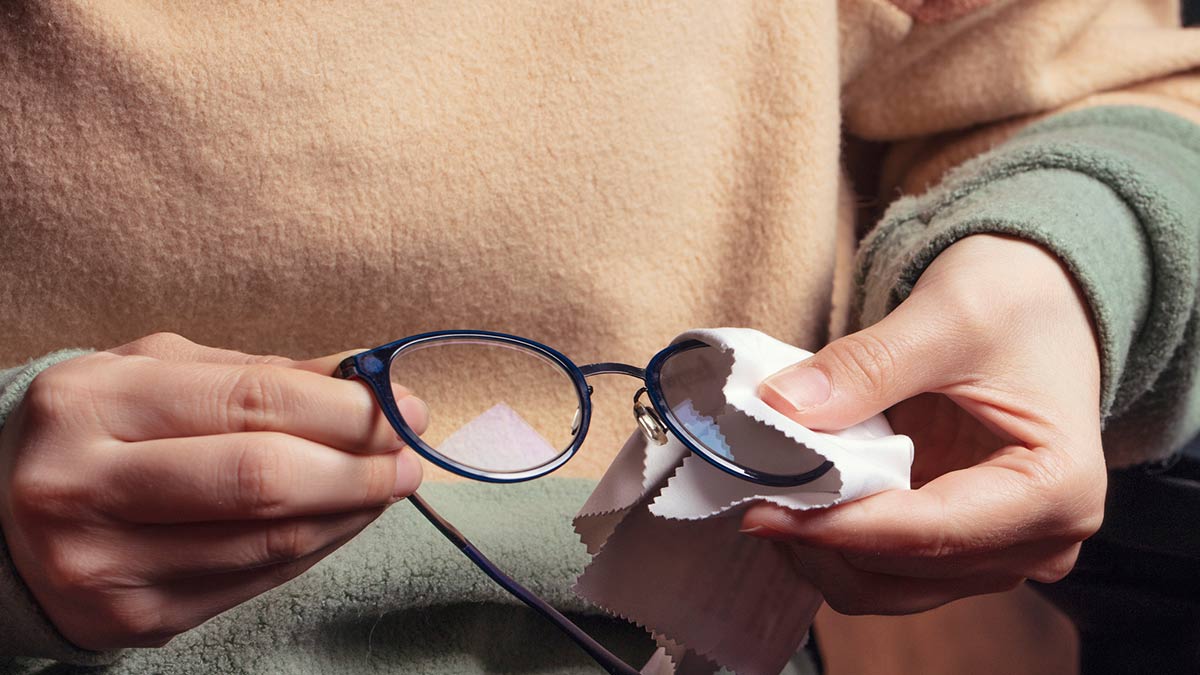How to keep your eyes safe in cold weather

It’s common sense that if you’re going to be out in the cold for a while, you should wear a coat. However, few people think about protecting their eyes in the winter. You should be aware of the effect of cold weather on your eyes and what you can do about it.
What effect can being out in the cold for too long have on your eyes?
The problems that can occur with your eyes due to the cold range from very mild to severe. Some eye issues brought on by the cold are more common than others. Some people might experience a feeling of cold around the eyes or dry eye symptoms. However, if you’re outside in the cold for too long, corneal problems could arise. The cold can have a similar effect on your eyes to frostbite—the cornea may be compromised or distorted from long-term exposure to severely cold temperatures. In extreme cases, corneal distortion caused by the cold will cause vision to be noticeably blurred and the cornea (front refracting surface of the eye) to be irregular. Frostbite keratitis is very rare. Pain would usually, but not always, be involved.
What can you do about it?
To prevent harm to your eyes in cold weather, wear eye protection/goggles when doing winter activities. Otherwise, if you know it’s going to be very cold, limit your time outside. Milder issues like dry eye can be helped with liquid tears once you get inside.
If your eyes do get frostbite, get inside immediately; 6-12 hours may be needed to reverse corneal distortion caused by frostbite. If you’re in warmer temperatures for a while and there’s no improvement in vision or potential eye pain, seek medical attention immediately.
Randall McLaughlin is an ophthalmologist at The Ohio State University Wexner Medical Center.




